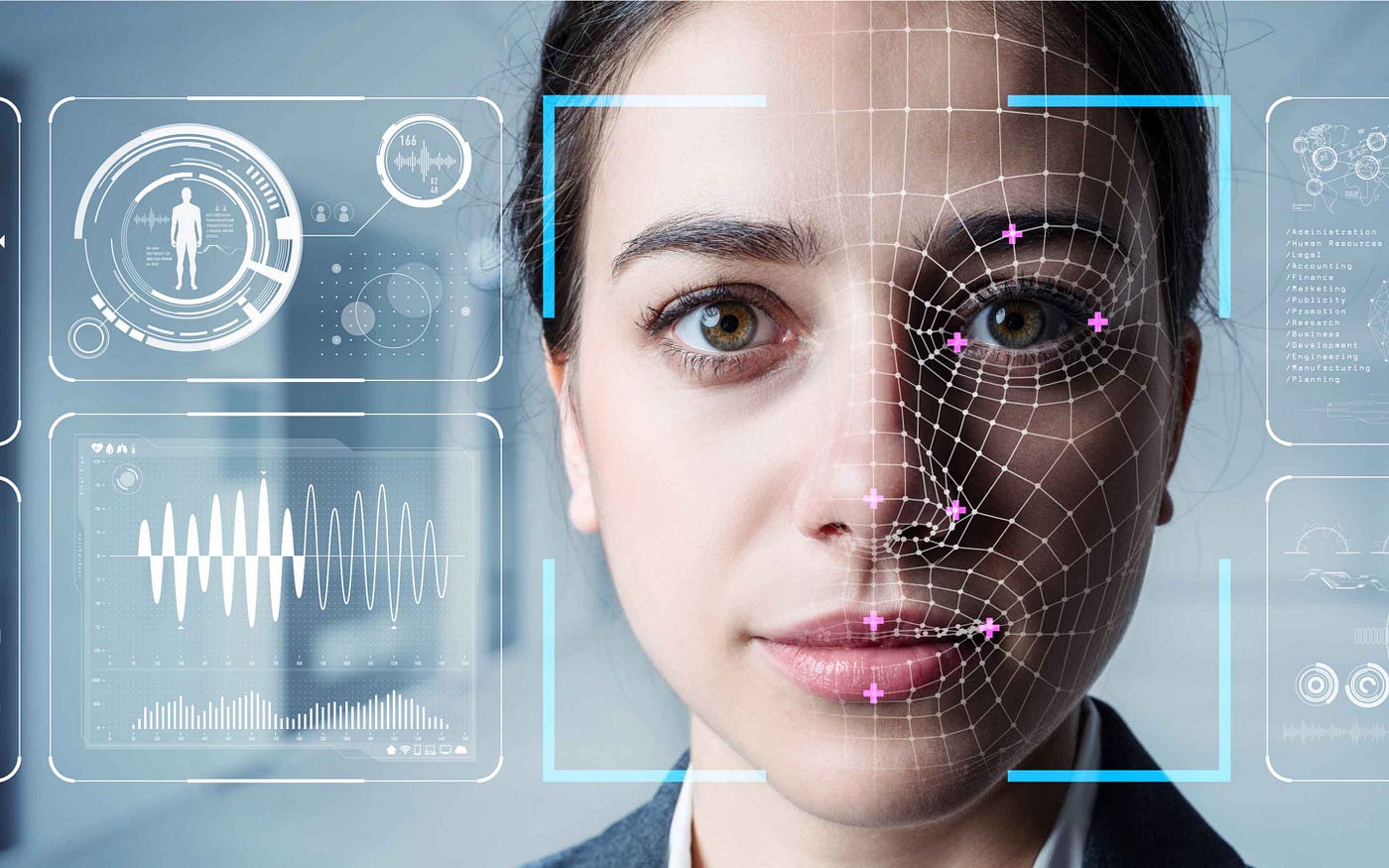Introduction
Deepfake technology has gained significant traction over the last few years. From its inception in the entertainment industry to its potential in various professional fields, deepfakes are transforming how we perceive and interact with digital media. But with these advancements come challenges and ethical considerations that professionals must understand. This blog explores the multifaceted world of deep fake app, offering insights into its challenges, opportunities, and the ethical dilemmas it presents.

Understanding Deepfake Technology
Deepfake technology leverages artificial intelligence (AI) to create hyper-realistic but fabricated video and audio content. Using machine learning algorithms, deepfakes can manipulate videos to make it appear as though someone is saying or doing something they never did. This technology relies on deep learning, specifically generative adversarial networks (GANs), to produce highly realistic digital content.
The Evolution of Deepfakes
The origins of deepfake technology can be traced back to early AI research focused on image recognition and generation. Over time, advancements in machine learning and computational power have enabled the creation of more sophisticated deepfake content. Today, deepfakes are not just limited to videos but also include audio and text manipulations.
Applications in Entertainment and Media
Deepfakes have found a prominent place in the entertainment industry. They can be used to recreate deceased actors, generate realistic visual effects, and even dub films into different languages seamlessly. These applications open up new creative possibilities while also reducing production costs and time.
Opportunities in Education and Training
In the realm of education, deepfake technology offers innovative opportunities. For example, virtual tutors created using deepfake technology can provide personalized learning experiences. Additionally, historical figures can be brought to life to deliver engaging lessons, making education more immersive and interactive.
Revolutionizing Marketing and Advertising
Marketing professionals are exploring deepfake technology to create compelling advertisements and promotional content. By using deepfakes, brands can generate unique and personalized marketing messages, enhancing customer engagement. However, it's crucial to maintain transparency to avoid misleading audiences.
Enhancing Video Conferencing and Communication
Deepfake technology can enhance video conferencing by providing real-time language translation and lip-syncing. This feature can bridge communication gaps in multinational organizations, fostering better collaboration. Yet, it's essential to ensure the technology is used ethically to maintain trust.
The Dark Side of Deepfakes
While deepfakes offer numerous opportunities, they also present significant challenges. One of the primary concerns is the potential for malicious use. Deepfakes can be weaponized to create fake news, defame individuals, or manipulate public opinion. These actions can have severe consequences for individuals and society as a whole.
Addressing Security Concerns
With the rise of deepfakes, cybersecurity professionals face new challenges. Detecting and mitigating deepfake threats requires advanced tools and techniques. Organizations must invest in technologies that can identify deepfakes and protect against their malicious use.
Ethical Considerations in Deepfake Technology
The ethical implications of deepfake technology cannot be ignored. Consent and privacy are major concerns, especially when individuals' images or voices are used without permission. Professionals must adhere to ethical guidelines and ensure that deepfakes are created and used responsibly.
Legal and Regulatory Challenges
The legal landscape surrounding deepfakes is still evolving. Laws and regulations need to catch up with technological advancements to address the misuse of deepfakes effectively. Policymakers must collaborate with technology experts to create comprehensive frameworks that protect individuals' rights while fostering innovation.
Building Public Awareness
Raising public awareness about deepfakes is crucial to mitigate their negative impact. Educating the public about how to identify deepfakes and understand their potential risks can empower individuals to critically assess digital content. Media literacy programs and campaigns play a vital role in this endeavor.
Future Prospects of Deepfake Technology
Looking ahead, deepfake technology will continue to evolve. With advancements in AI and machine learning, deepfakes will become even more realistic and accessible. Professionals across various industries must stay informed about these developments and adapt their practices accordingly.
Conclusion
Deepfake technology presents a double-edged sword. On one hand, it offers exciting opportunities for innovation and creativity across industries. On the other hand, it poses significant challenges and ethical dilemmas that must be addressed. Professionals must strike a balance between leveraging the benefits of deepfakes and mitigating their risks. By staying informed, adopting ethical practices, and advocating for responsible use, we can harness the potential of deepfake technology while safeguarding against its misuse. For those looking to explore further, consider collaborating with experts in the field to understand how deepfakes can be integrated responsibly into your professional domain.
 icons at the top right corner of the subsection.
icons at the top right corner of the subsection.